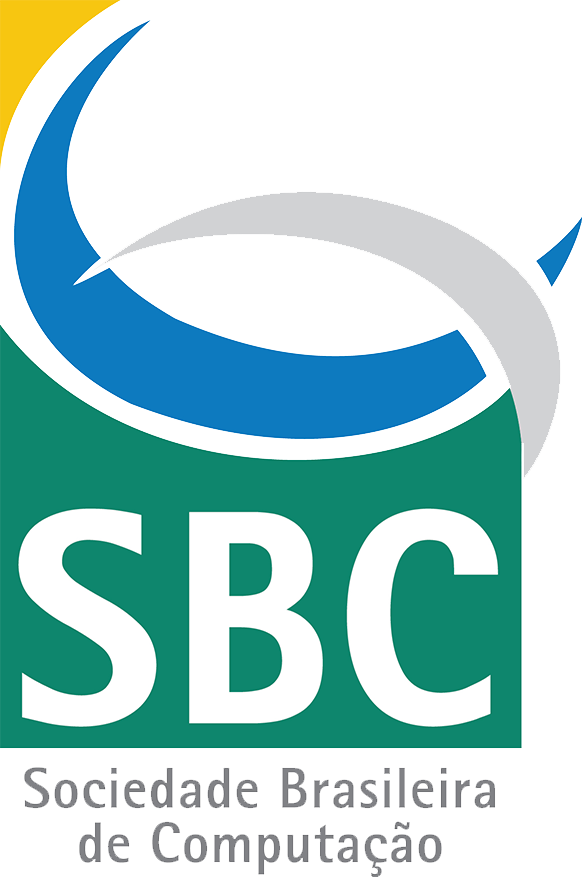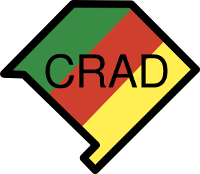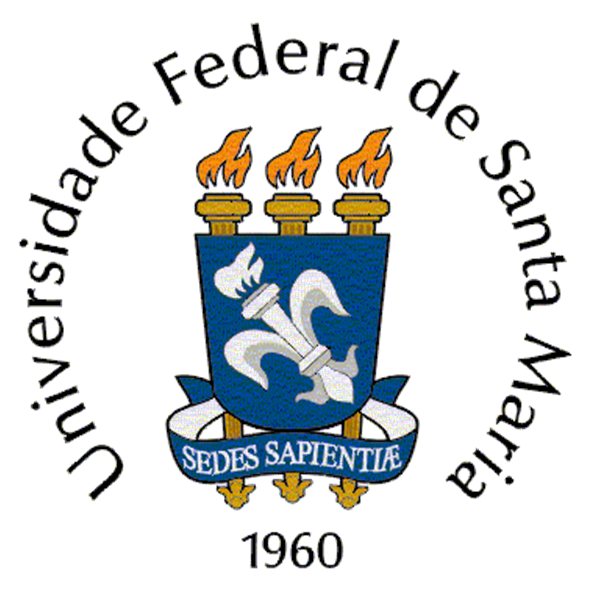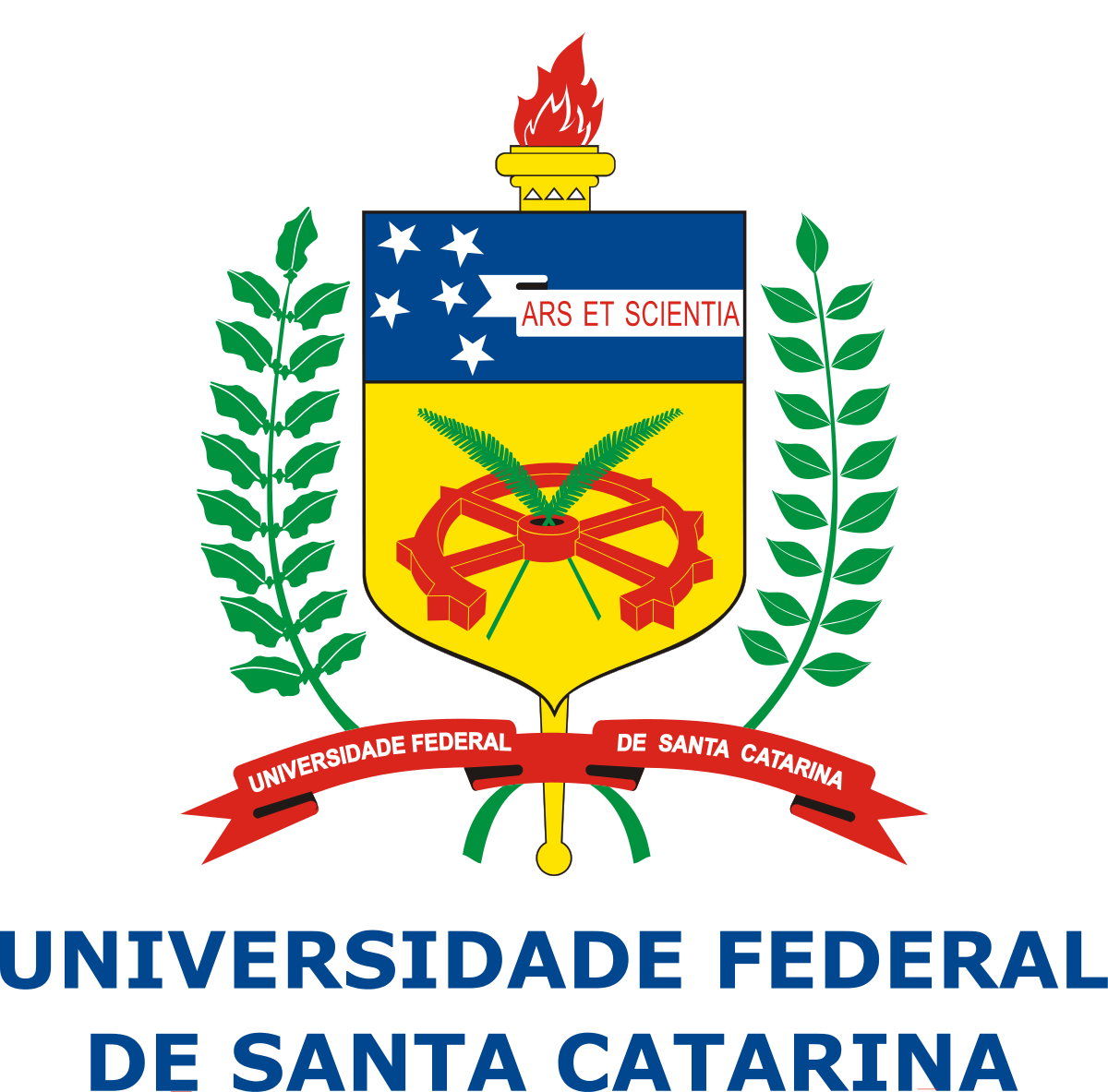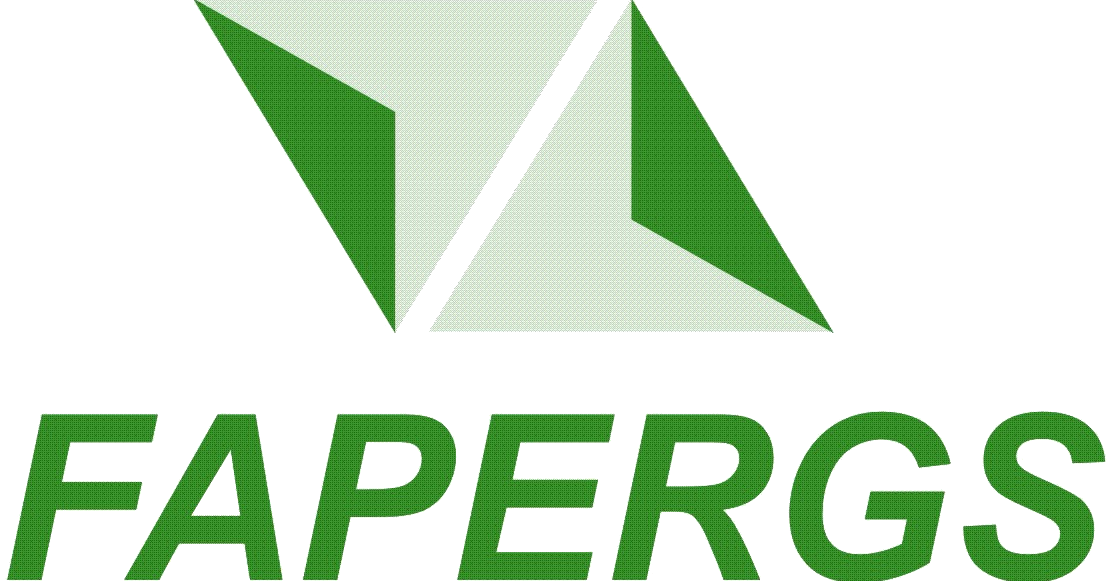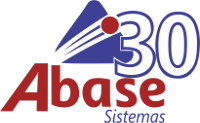
XIX Escola Regional de Alto Desempenho da Região Sul
10 a 12 de abril de 2019 em Três de Maio - RS
Palestras
Beyond Fast and Furious: Smart Approaches to Data-Intensive Parallel Programming
This talk presents some ideas on how to exploit the structure and behaviour of data-intensive parallel applications to efficiently allocate dispersed computational resources taking into account non-functional requirements. Long considered a challenge to known distributed systems programming, large data-intensive multiprocessor systems exhibit unique inherent heterogeneity and dynamism. By abstracting commonly-used patterns of parallel computation, communication, and interaction, programmers can arguably enable parallel applications with substantial data requirements to adapt to the most suitable computational resources. We shall discuss some lessons learned from the work in cHiPSet, a major European COST Action on High-Performance Modelling and Simulation for Big Data Applications http://chipset-cost.eu/.
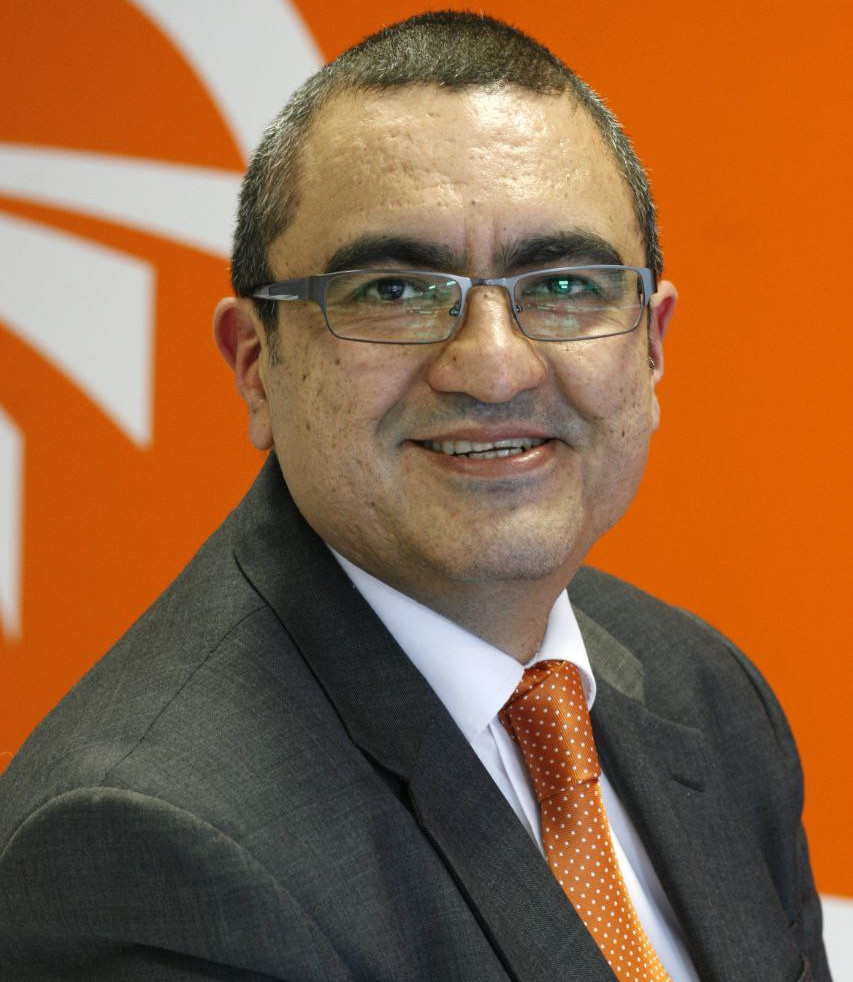
Horacio González-Vélez
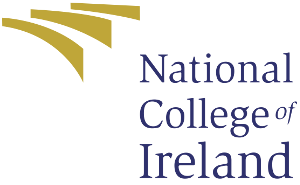
As associate professor and founding head of the Cloud Competency Centre at the National College of Ireland in Dublin, Horacio González-Vélez directs the NCI’s cloud and data analytics infrastructure, postgraduate programmes, and research with a clear emphasis on innovation, education inclusion, and industrial partnerships. He started his career working for innovation-driven companies such as Silicon Graphics and Sun Microsystems. Horacio currently carries out applied research in parallel and distributed computing funded by a number of public and industrial organisations. He has been recognised with the European Commission ICT award for his efforts on scientific dissemination and the UK NESTA Crucible Fellowship for his inter-disciplinary research on computational science. He is the vice-chair cHiPSet and holds a PhD in Informatics from the University of Edinburgh. Additional details on his career can be gathered from his LinkedIn profile at: http://linkedin.com/in/horaciogv/.
Data-Intensive Scalable Computing
In this talk we are presenting an approach called as DISC (Data-Intensive Scalable Computing) which has the focus on data-centric, different type of applications (e.g. web and business), oriented to data management and analysis and has the objectives such as scalability, fault-tolerance, availability and cost-performance. The paradigm considers programming models utilizing high-level operators, languages such as Java/Python/Scala under shared-noting clusters of commodity hardware. We are going to share some experiences from HPC experts utilizing this approach in interesting industrial study cases.
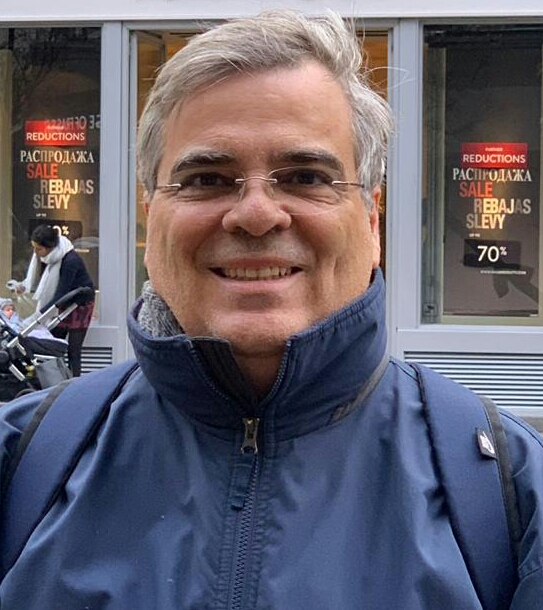
Mario A. R. Dantas

Mario A. R. Dantas is a Full Professor in the Department of Computer Science (DCC) and Graduate Program in Computer Science (PPGCC) at the Exact Sciences Institute (ICE), Federal University of Juiz de Fora (UFJF). Prof. Dantas also with the Graduate Program in Computer Science (PPGCC), at the Technology Centre (CTC), Federal University of Santa Catarina (UFSC), with a PhD in Computer Science from the University of Southampton (UK). He was a Visiting Professor at the University of Western Ontario (Canada) and a Senior Visiting Researcher in Riken (Japan). He is the author of hundred scientific articles, dozens of book chapters and three books. He has advised numerous undergraduate, specialization, master and doctorate research work. He has acted as a consultant on various projects with industry in the areas of IoT, networking, distributed systems, and high-performance environments.
High Performance Machine Learning: Advances, Challenges and Opportunities
In recent years, much progress has been made in Machine Learning and Artificial Intelligence in general. This progress required heavy use of high performance computers and accelerators. Moreover, ML and AI have become a "killer application" for HPC and, consequently, driven much research in this area. In this seminar, we will present recent advances in the intersection of HPC and AI/ML, what some industries are using these technologies for, and what are the challenges and opportunities in these areas.
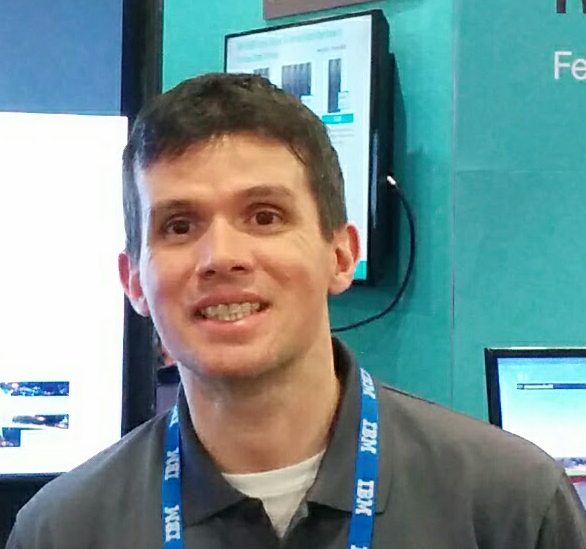
Eduardo Rodrigues

Eduardo Rodrigues is member of the Natural Resources group at IBM Research. His area of expertise is High Performance Computing. Currently, he works with Data Analytics and Machine Learning. Particularly, he is interested in efficiently running AI models at scale. Prior to joining IBM, he worked for the Center for Weather Forecast and Climate Studies (CPTEC / INPE) as a research associate, where he developed strategies to run weather and climate models in large parallel machines. He earned his PhD in Computer Science (2011) from the Federal University of Rio Grande do Sul (UFRGS).
O Valor da Aceleração por GPUs nos Maiores Data Centers do Mundo
As mais destacadas empresas, instituições governamentais e centros de pesquisa enfrentam um grande problema atualmente: a demanda por poder computacional excede a oferta por este recurso essencial. Além disso, na era pós Lei de Moore, essa diferença tem crescido ano a ano. Há mais de dez anos a computação acelerada por GPUs tem se mostrado a melhor estratégia para conseguir o poder computacional necessário para a rápida evolução da Inteligência Artificial (AI), Big Data & Analytics, e também das aplicações tradicionais de HPC. É uma abordagem que vem sendo utilizada amplamente por empresas como IBM, Amazon, Facebook, Google, Baidu, etc. Um servidor com GPUs ("Strong Node") substitui em média mais de 10 servidores sem aceleração, cortando o custo de aquisição. Os custos operacionais também são consideravelmente reduzidos pela economia no espaço físico e uma maior eficiência energética. O Summit, maior supercomputador do mundo, é o melhor exemplo desta tecnologia sendo usada na prática. Já existem mais de 450 aplicações que foram modernizadas e aceleradas para GPUs, incluindo 10 entre as Top10 aplicações de HPC e os principais Frameworks de IA.
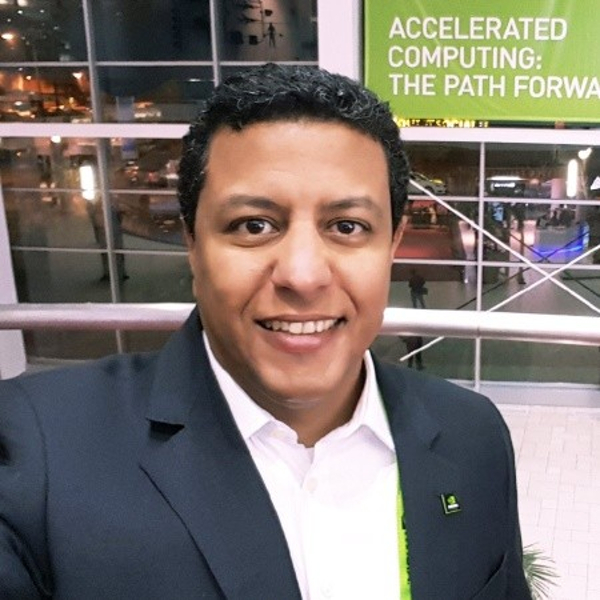
Pedro Mário Cruz e Silva

Pedro Mário Cruz e Silva é Bacharel em Matemática (1995) e Mestre em Matemática Aplicada e Otimização (1998) pela UFPE, Doutor em Computação Gráfica pela PUC-Rio (2004). Trabalhou por 15 anos no Instituto Tecgraf/PUC-Rio onde criou o Grupo de Geofísica Computacional, durante este período liderou diversos projetos de Desenvolvimento de Software, bem como projetos de Pesquisa na área de Geofísica. Finalizou o MBA em Gestão Empresarial na FGV-Rio. Atualmente é o Gerente de Arquitetura de Soluções da NVIDIA para América Latina.


